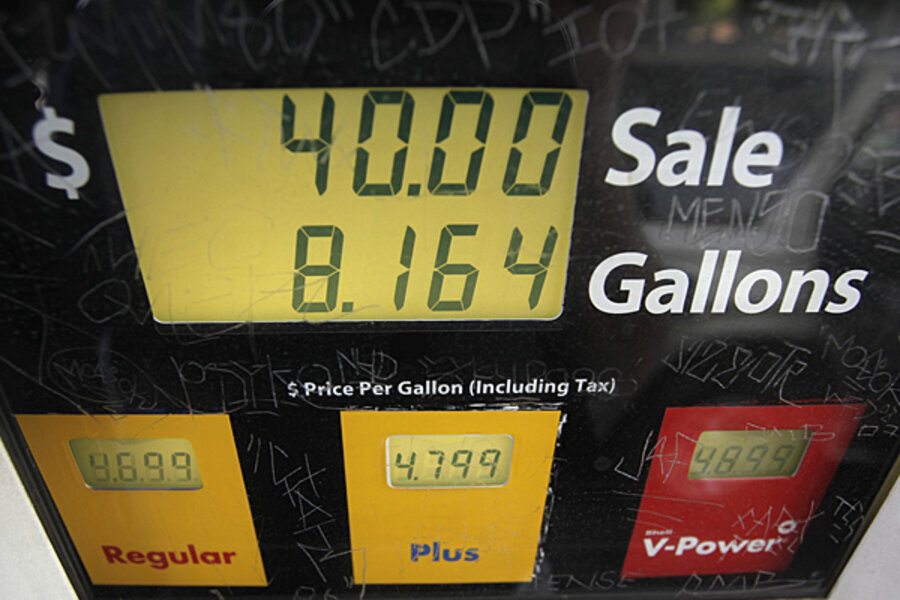Finally, gas prices begin to fall
Motorists can relax a little, because the seasonal slide in gas prices has finally begun.
After 11 straight days of decline, the national average retail price of gasoline dipped to $3.72 Friday, down from a summer peak of $3.87.
But this year's decline has been delayed. Thus, Americans are still paying record-high prices for this time of year – and will continue to pay them for some time.
After jumping 9 percent in August, gas prices rose 7 percent in September, according to the US Bureau of Labor Statistics. The cost of gas has increased for three straight months. The reason?
The summer has been rife with refinery and pipeline complications. Supplies ran thin at the height of road trip season, raising prices and adding to the financial distress felt by many Americans.
For Californians, the summer went out with a bang. Drivers endured record hikes in early October as California eeked past Hawaii as the most expensive state for gasoline.
Prices there have since stabilized, but California lags behind the rest of the country in starting the seasonal slide. The average price of gas was $4.51 in California Friday, 79 cents higher than the national average, according to GasBuddy.com, a group of local websites that track gasoline prices.
"If you're along the West Coast, specifically California, you have my sympathy," wrote Patrick DeHaan of GasBuddy.com on Tuesday. "Prices just aren't coming down fast enough – but at least they're coming down and not going up."
Every fall, prices drop as oil producers switch to cheaper winter-blended gasoline and the closing of driving season drives down demand.
Despite the decline, gas is still 27 cents more expensive than it was one year ago. The daily average price had been the highest on record for that particular calendar day for eight straight weeks, according to a report Monday by AAA, a federation of motor clubs that is based in Heathrow, Fla. AAA predicts a further slide in gas prices, coupled with continued daily records through the end of the year.
Still, as Mr. DeHaan points out, there's good news ahead:
"[F]or the abundance of Americans who consume gasoline in their primary vehicles, the time has finally come: The drop in gasoline prices is coming."





